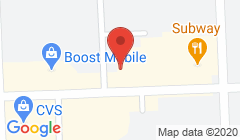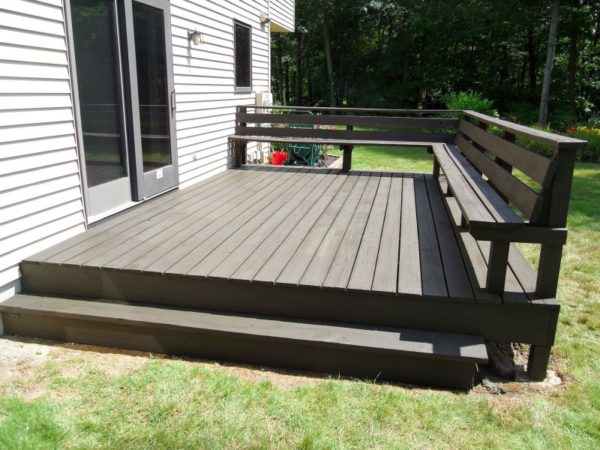

On the outside of the Plant, carved panels on the streamlined buttresses of the building represent regional flora and fauna, historic water infrastructure such as wells and fountains, and Native American themes.

The building expresses a well proportioned mass of limestone walls, central tower, and red tile roofs framed with trees, grass and shrubbery. Planned to be viewed from a distance the overall effect of the Plant is rich, massive and elegant. Matteson commented about the Plant’s marriage of style and function:

Yet the Plant remains the architectural flagship of Fort Wayne City Utilities. The three sections of the Plant can be operated independently, allowing maintenance work to be done while the Plant continues to provide treated drinking water. More than 75 years aft er the Plant was opened, its capacity to produce an abundant supply of safe drinking water has tripled as a result of two expansions. When designers realized in 1931 that giving the building an architectural flourish would add no more than two percent to the total project cost, there was unanimous agreement that the “water factory” should be designed as an architectural landmark in the Collegiate Gothic style. It was the first major structure built for the betterment of the city’s water supply. Matteson, a Chicago architect employed at the fi rm of Graham, Anderson, Probst and White, noted: “Surely no more beautiful spot could be wished for than the Three Rivers Park site, affording as it does a splendid view from across the rivers in any direction.”ĭesigned by Hoad, Decker, Shoecraft and Drury of Ann Arbor, Michigan, the Plant was originally conceived as simply a factory where water would be treated and purified for public consumption. In a souvenir brochure distributed at the 1933 dedication Victor A. The central location was ideal for sending water to all parts of the City and the site, because of its natural sett ing, could be landscaped and made attractive. The land was already owned by the City and had been intended to be developed as Three Rivers Park. The 25 acre site east of Spy Run Avenue and at the confluence of the three rivers was chosen as the location for the Filtration Plant for several reasons. The Plant is, literally, a monument to the wisdom and vision of civic leaders, engineers and architects who remain committed to making the building both attractive and functional. Joseph Rivers where they meet to form the Maumee River. Fort Wayne’s Three Rivers Water Filtration Plant stands at the confluence of the St.


 0 kommentar(er)
0 kommentar(er)
